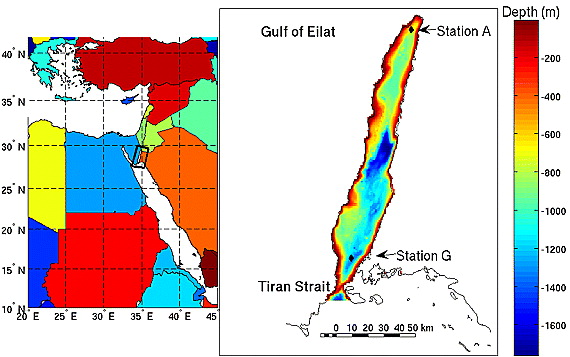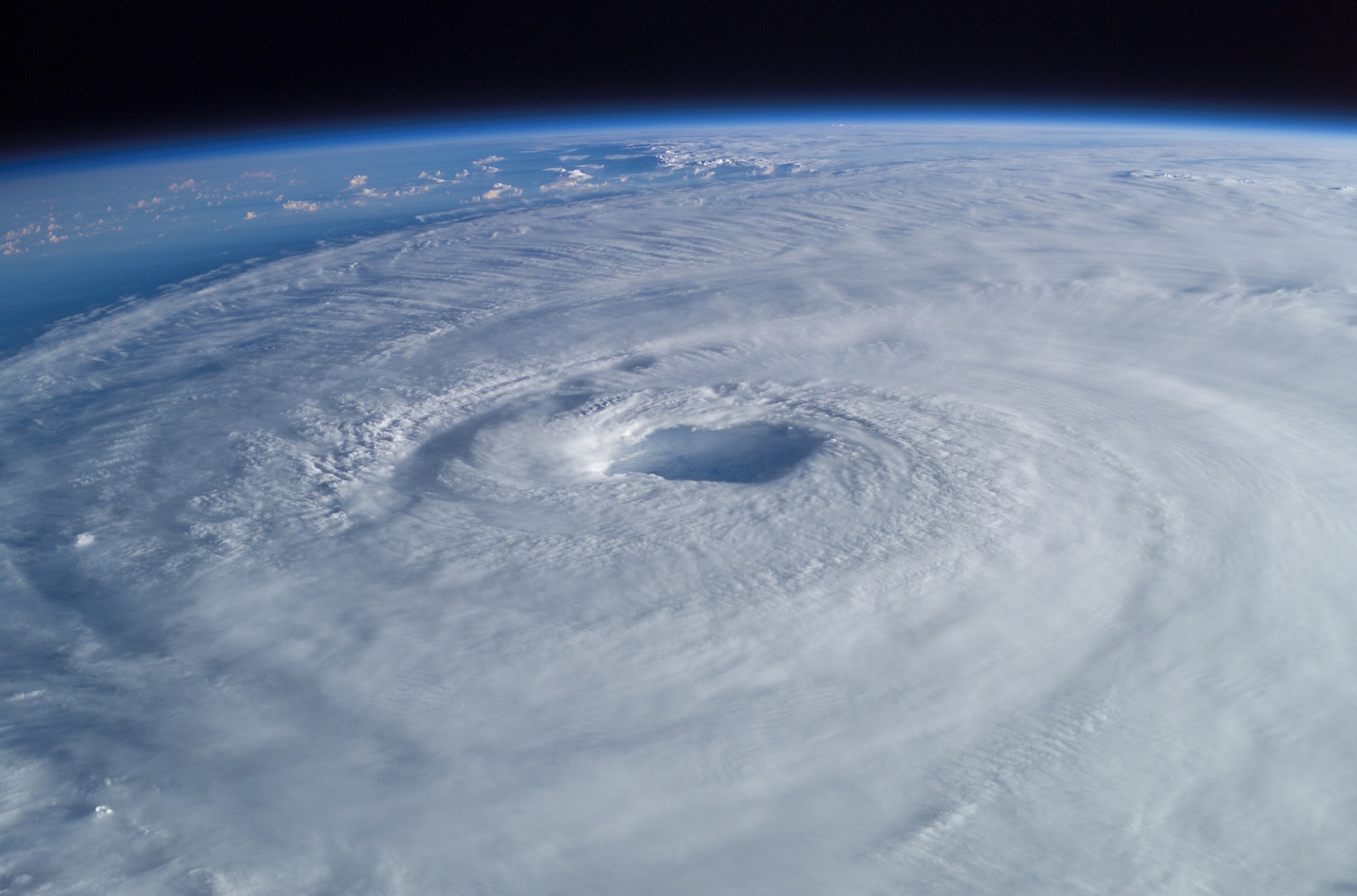Under the Ice
![]() In a new paper published in the Annals of Glaciology, long-time MITgcm users Patrick Heimbach and Martic Losch investigate the sensitivity of sub-ice-shelf melt rates under the Pine Island Ice Shelf, West Antarctica, to changes in the oceanic state.
In a new paper published in the Annals of Glaciology, long-time MITgcm users Patrick Heimbach and Martic Losch investigate the sensitivity of sub-ice-shelf melt rates under the Pine Island Ice Shelf, West Antarctica, to changes in the oceanic state.
Modeling the Gulf of Aqaba (Gulf of Eilat)
 Long-time MITgcm-ers Eli Biton and Hezi Gildor have been using the model to explore the circulation in the Gulf of Aqaba (Gulf of Eilat), a terminal elongated basin that exchanges water with the northern Red Sea
Long-time MITgcm-ers Eli Biton and Hezi Gildor have been using the model to explore the circulation in the Gulf of Aqaba (Gulf of Eilat), a terminal elongated basin that exchanges water with the northern Red Sea
Wind Stress and Southern Ocean Meridional Overturning
![]() Ryan Abernathey and co-workers have been using idealised MITgcm simulations to explore the dependence of Southern Ocean meridional overturning on wind stress.
Ryan Abernathey and co-workers have been using idealised MITgcm simulations to explore the dependence of Southern Ocean meridional overturning on wind stress.
A Slippery Problem
 Deremble and co-authors have been using MITgcm to revisit the problem of no-slip boundary conditions in ocean models.
Deremble and co-authors have been using MITgcm to revisit the problem of no-slip boundary conditions in ocean models.
Modeling Nordic Seas II
 Mike Spall, a Senior Scientist in the Physical Oceanography Group at the Woods Hole Oceanographic Institution, has been using MITgcm to understand newly observed characteristics of the Denmark Strait Overflow.
Mike Spall, a Senior Scientist in the Physical Oceanography Group at the Woods Hole Oceanographic Institution, has been using MITgcm to understand newly observed characteristics of the Denmark Strait Overflow.
Baroclinic Instability in the Ocean
![]() In a new JPO paper, Ross Tulloch, John Marshall, Chris Hill and Shafer Smith report on an observational, modeling and theoretical study of the scales, growth rates and spectral fluxes of baroclinic instability in the ocean, permitting a discussion of the relation between the instability scale, the first baroclinic deformation scale (R1) and the equilibrated eddy scale.
In a new JPO paper, Ross Tulloch, John Marshall, Chris Hill and Shafer Smith report on an observational, modeling and theoretical study of the scales, growth rates and spectral fluxes of baroclinic instability in the ocean, permitting a discussion of the relation between the instability scale, the first baroclinic deformation scale (R1) and the equilibrated eddy scale.
Mixing it up…
![]() Malte Jansen is a third year graduate student in PAOC at MIT. He has been using MITgcm in an idealized study to explore how mixing by eddies may influence the equilibrium state of the extra-tropical atmosphere and the Southern Ocean and in particular why the two regimes exhibit such a different equilibrium state.
Malte Jansen is a third year graduate student in PAOC at MIT. He has been using MITgcm in an idealized study to explore how mixing by eddies may influence the equilibrium state of the extra-tropical atmosphere and the Southern Ocean and in particular why the two regimes exhibit such a different equilibrium state.
Modeling the Ocean Response to Hurricanes
 Familiar as we are with satellite images of hurricanes, the impact of these powerful storms on the upper ocean is markedly less visible. Dr Sarah Zedler (Texas A&M University) has been using MITgcm to help understand the features that appear in oceanic field data as a result of hurricane passage above.
Familiar as we are with satellite images of hurricanes, the impact of these powerful storms on the upper ocean is markedly less visible. Dr Sarah Zedler (Texas A&M University) has been using MITgcm to help understand the features that appear in oceanic field data as a result of hurricane passage above.
Adjoint approaches to assessing local vulnerability to buoyant surface plumes
![]() Prompted by the recent spill in the Gulf of Mexico, Ross Tulloch, Chris Hill and Oliver Jahn have been using MITgcm to compute the vulnerability of individual locations to remote buoyant surface plumes.
Prompted by the recent spill in the Gulf of Mexico, Ross Tulloch, Chris Hill and Oliver Jahn have been using MITgcm to compute the vulnerability of individual locations to remote buoyant surface plumes.
